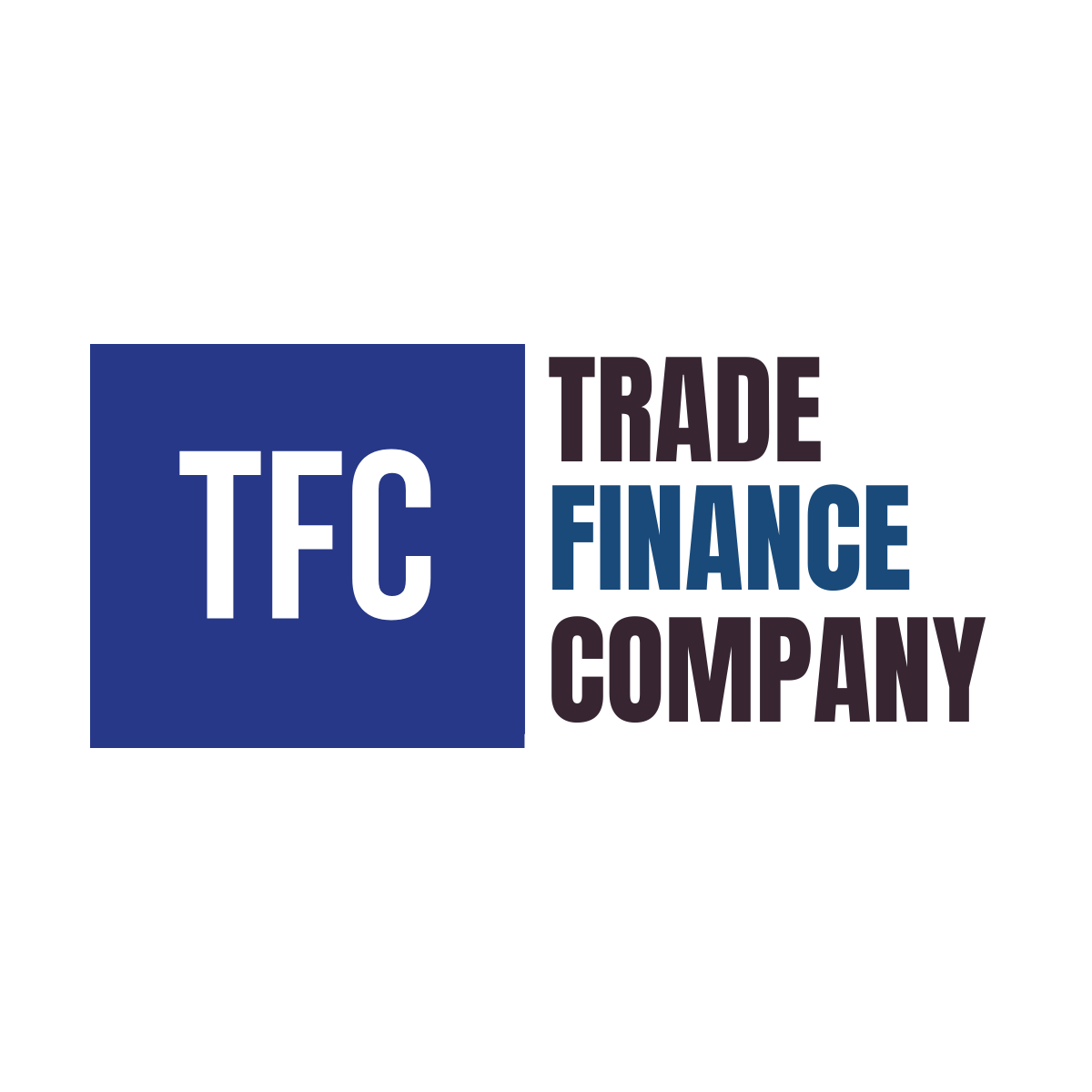The Importance of Due Diligence in Trade Finance
Due diligence is not just a best practice—it’s a non-negotiable. Trade finance transactions often involve multiple parties, complex documentation, cross-border regulations, and large sums of money. Skipping or underestimating due diligence can expose businesses to fraud, legal risks, and financial loss. Proper due diligence acts as a safeguard, ensuring all parties are credible, compliant, and capable of fulfilling their obligations.
In this article, you’ll uncover how effective due diligence protects your business from fraud, strengthens partnerships, and increases the success rate of your international transactions. We’ll walk you through key strategies to conduct smart, efficient due diligence in every trade finance deal—whether you're issuing a Letter of Credit, providing a bank guarantee, or financing a shipment.
Picture this: Your company just finalized a trade deal worth millions. You’ve advanced payment based on forged documents, only to find out the supplier was fake and the goods never existed. This nightmare scenario happens more often than many would think. The emotional toll—stress, damaged reputation, lost revenue—is immense. But the truth is, such disasters are often preventable with proper due diligence. Being proactive, skeptical, and thorough can be the key difference between a successful trade and a financial catastrophe.

“In trade finance, due diligence is your first and strongest line of defense. Ignoring it is like sailing blind into stormy waters.”
— Amir Hassan, Global Risk & Compliance Specialist

By reading further, you’ll learn how to implement effective due diligence across every phase of a trade finance transaction. From vetting counterparties to verifying documentation and navigating compliance checks, you’ll walk away with practical strategies to reduce risk and boost your business’s resilience in global trade.
5 Steps to Strengthen Due Diligence in Trade Finance
Step 1: Vet All Counterparties Thoroughly
Before entering any agreement, conduct a background check on every party involved—whether it’s a buyer, seller, broker, or financial intermediary. Research their legal status, credit rating, and transaction history. Use reliable data sources like trade registers, global databases, and references from trusted institutions.
How to implement:
◘ Request business registration documents and verify them through official channels.
◘ Use services like D&B, World-Check, or KYC platforms for risk profiles.
◘ Ask for past client references or trade history to assess credibility.
Step 2: Review All Financial and Trade Documents Carefully
Never take paperwork at face value. Whether it’s a purchase order, invoice, bill of lading, or insurance certificate, each document must be verified for accuracy and authenticity. Discrepancies in details, dates, or formatting can indicate fraud or hidden risks.
How to implement:
◘ Cross-check invoice details with sales contracts and LC terms.
◘ Validate bills of lading with shipping agents and port authorities.
◘ Engage trade finance specialists or legal advisors to review documentation.
Step 3: Check for Compliance with Sanctions and Export Controls
International trade often crosses jurisdictions with differing regulations. Sanctions violations—even if unintentional—can result in severe penalties and legal consequences. Ensure all entities involved are compliant with relevant international laws.
How to implement:
◘ Screen all entities through updated sanction lists (e.g., OFAC, UN, EU).
◘ Check if the goods or services are subject to export controls or licensing.
◘ Maintain audit trails to demonstrate your compliance practices.
Step 4: Perform Site Visits or Virtual Audits When Necessary
For high-value or high-risk deals, don’t rely solely on documents. Site visits, factory audits, or virtual tours can help confirm a supplier’s legitimacy and capacity. This reduces the chance of misrepresentation or non-performance.
How to implement:
◘ Schedule an on-site visit or request a real-time virtual tour via video call.
◘ Ask to see operational processes, warehouse inventory, and staff in action.
◘ Document the visit with photos and reports for internal records.
Step 5: Implement Ongoing Monitoring and Updates
Due diligence is not a one-time event. Situations evolve—partners may face financial trouble, regulatory changes may occur, or geopolitical risks may escalate. Maintain an active monitoring system to update your risk assessments regularly.
How to implement:
◘ Set calendar reminders for periodic reviews of key partners.
◘ Subscribe to updates from compliance databases and legal alerts.
◘ Use automated tools or dashboards to track changes in risk levels.

Trade Finance Company is your trusted partner in securing global trade. We help businesses implement strong due diligence practices and offer financial instruments that support secure and compliant trade transactions. From letters of credit to performance guarantees, we ensure every deal is backed by insight, experience, and integrity.
Email: info@tradefinancecompany.co
Call: +65 3105 1500

